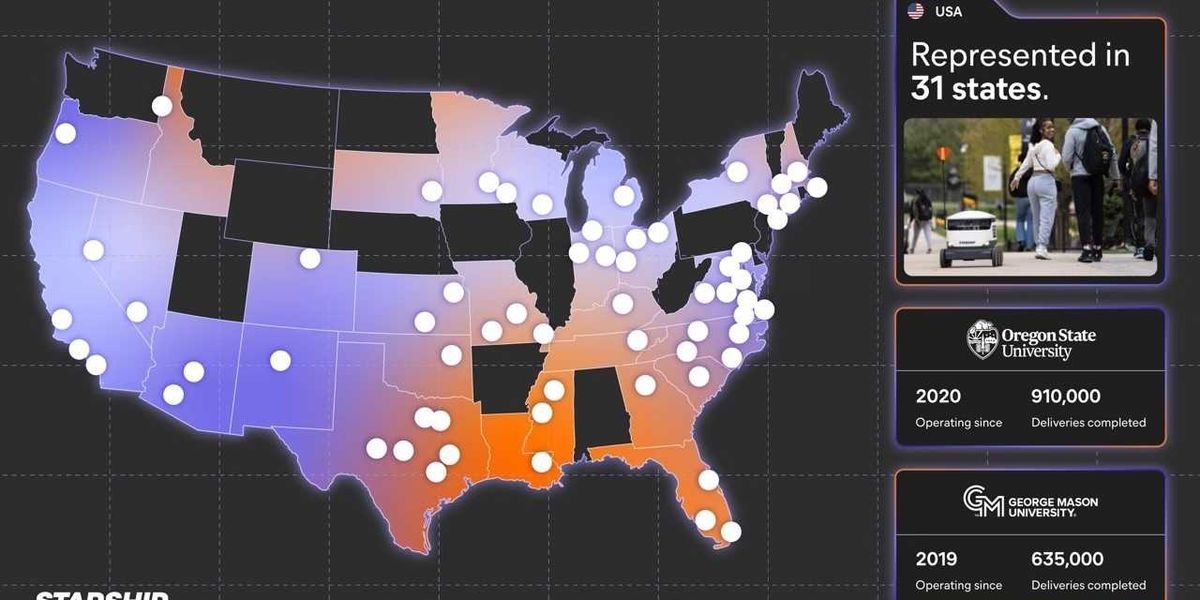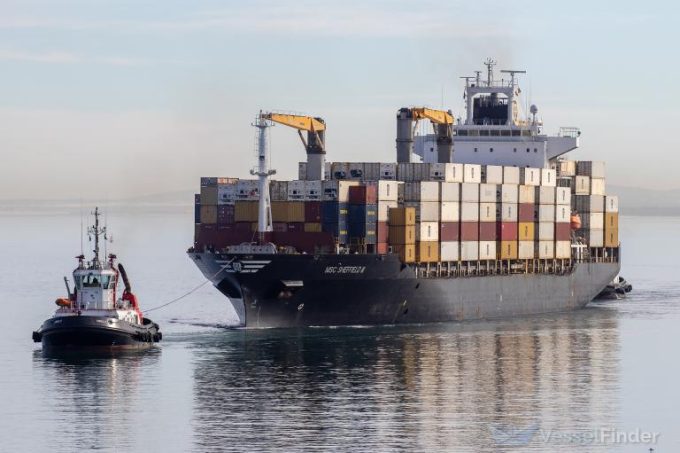
Statistics released today on factory automation show that 542,000 industrial robots will be installed in 2024 – more than double the number 10 years ago – according to the International Federation of Robotics (IFR).
The group’s latest report says annual installations exceeded 500,000 units for the fourth year in a row. Asia accounted for 74% of new deployments in 2024, compared to 16% in Europe and 9% in the Americas.
More specifically, China was the world’s largest market by a wide margin in 2024, accounting for 54% of global deployments. Domestic production is on the rise, because for the first time, Chinese manufacturers sold more than foreign suppliers in their home country. Its domestic market share rose to 57% in 2024, up from about 28% over the past decade. China’s inventory of operational robots exceeded 2 million units in 2024, the largest of any country. There is no sign that demand for robots in China will decline, with Chinese manufacturing likely to register growth of 10% on average per year until 2028.
In the rest of Asia, Japan maintained its position as the second-largest market for industrial robots, with 44,500 units installed in 2024 – a slight decline of 4%. The market in the Republic of Korea installed 30,600 units in 2024 – down 3% but still enough to make the country the world’s fourth-largest robotics market in terms of annual installations in 2024, after the United States, Japan and China. India continues to grow with a record 9,100 units installed in 2024 – an increase of 7%.
“New World Robotics statistics show that 2024 is the second-highest annual number of industrial robot installations in history – just 2% below the all-time high two years ago,” Takayuki Ito, president of the International Federation of Robotics, said in a statement. “The transition of many industries to the digital and automated era has been marked by a huge increase in demand. The total number of industrial robots used in operations worldwide reached 4,664,000 units in 2024 – an increase of 9% compared to the previous year.”
Elsewhere, industrial robot installations in Europe fell by 8% to 85,000 units in 2024, the second largest number on record. Germany is the largest market for robotics in Europe and the fifth largest in the world. Installations fell by 5% to 26,982 units in 2024, the second best result recorded after the record year 2023. The number of installations in Italy, the second largest European market, fell by 16% to 8,783 units. Spain now occupies third place (5,100 units), France (4,900 units) has fallen to fourth place, a decline of 24%, and in the United Kingdom, installations of industrial robots fell by 35% to reach 2,500 units in 2024.
In the Americas, total robot installations exceeded 50,000 units for the fourth year in a row, with the United States leading the way with 68% of installations in the region. in the Americas in 2024. The United States imported most of its 34,200 robots from Japan and Europe, with a few local suppliers. However, there are many local robotics system integrators that implement robotic automation solutions. Nearby, Mexico reached 5,600 units in 2024, a 4% decline, and Canadian robotics installations fell 12% to 3,800 units.
Looking ahead, the robotics industry is not immune to global macroeconomic conditions, but there is no sign that the long-term overall growth trend will come to an end anytime soon, IFR said. While regional trends vary significantly, the overall global trajectory remains positive, with global robot installations expected to grow by 6% to reach 575,000 units in 2025, and exceed the 700,000 units mark by 2028.










